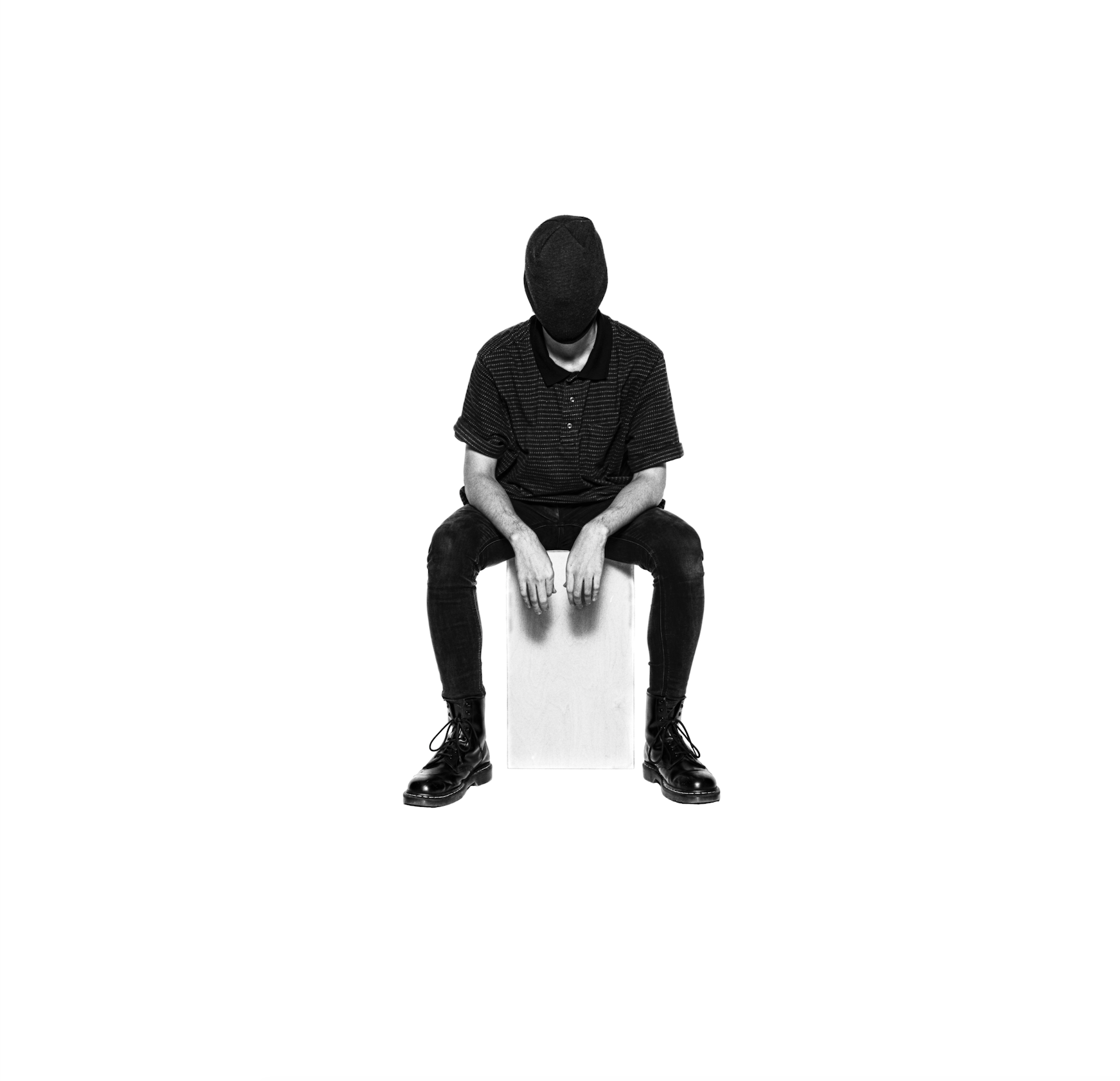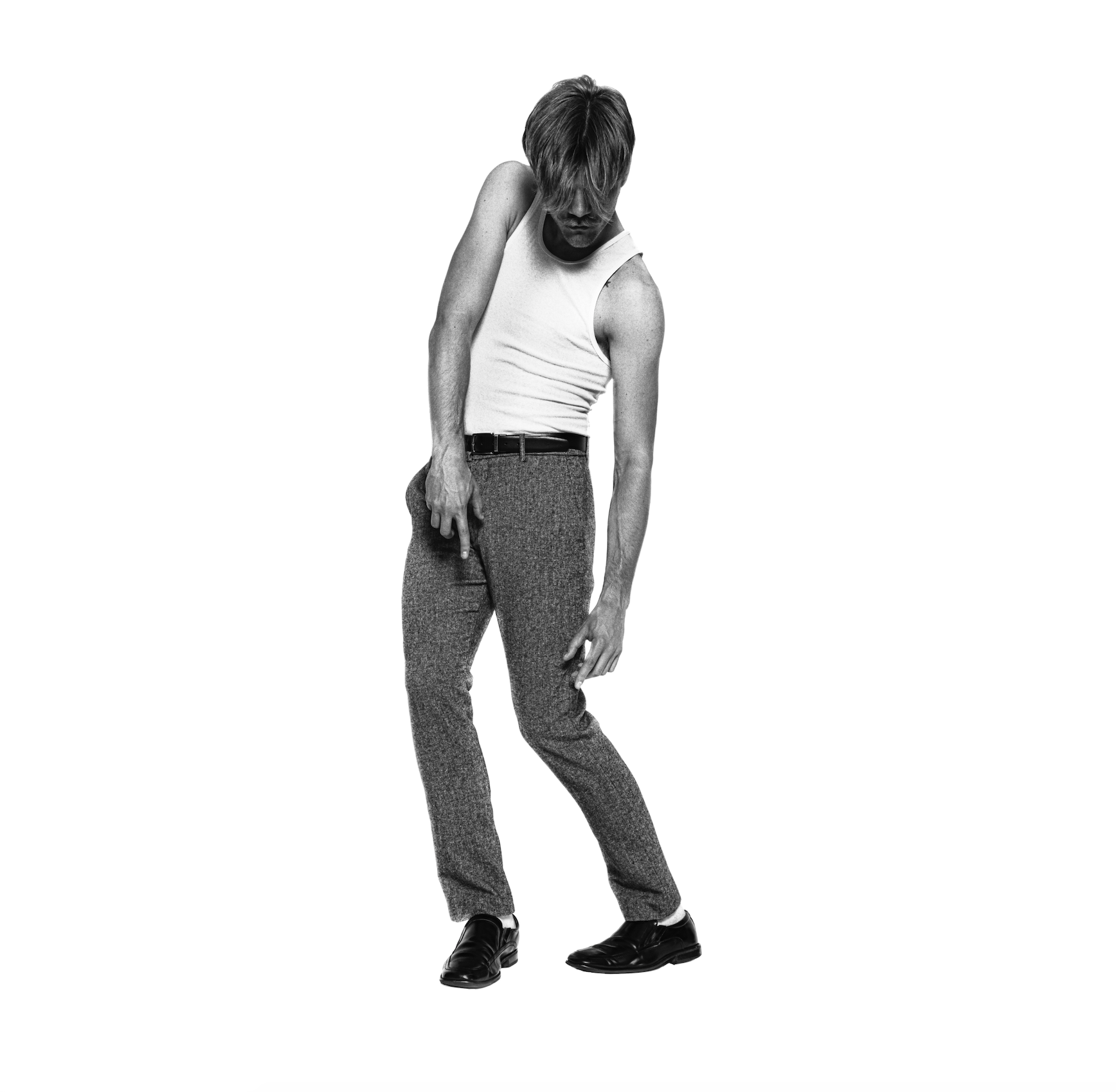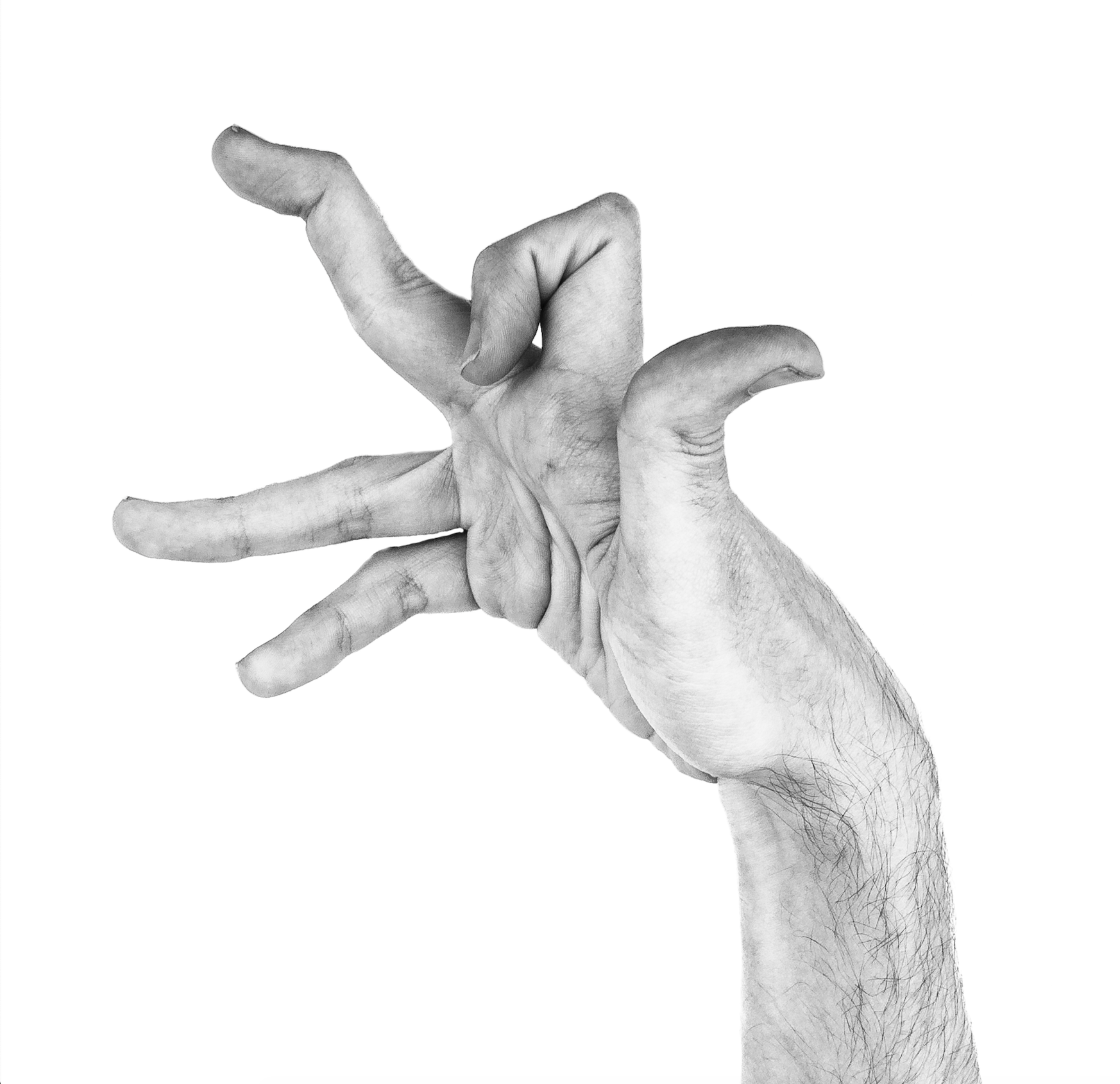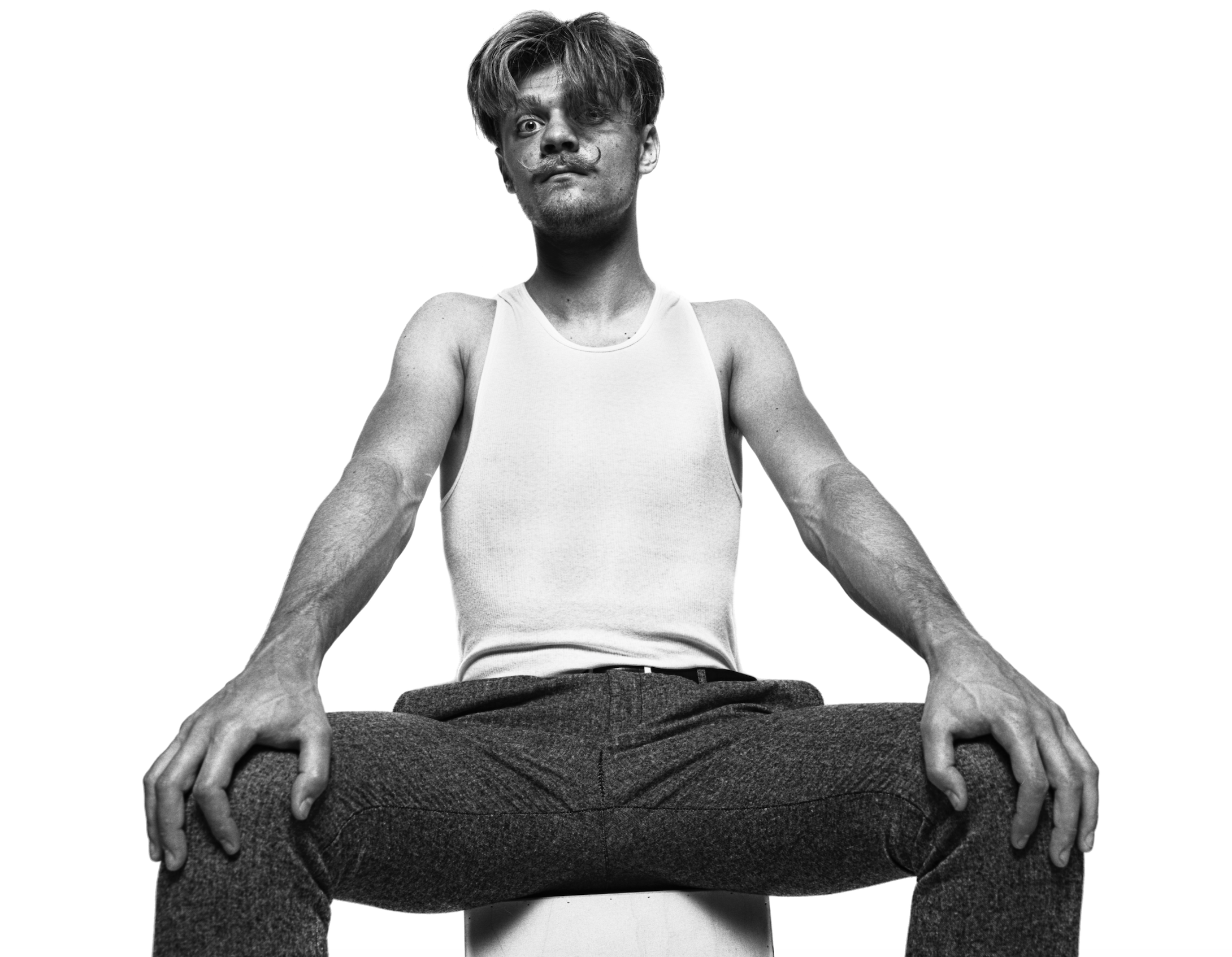BRANDON FILAS
Understanding the world through experimental portraits.
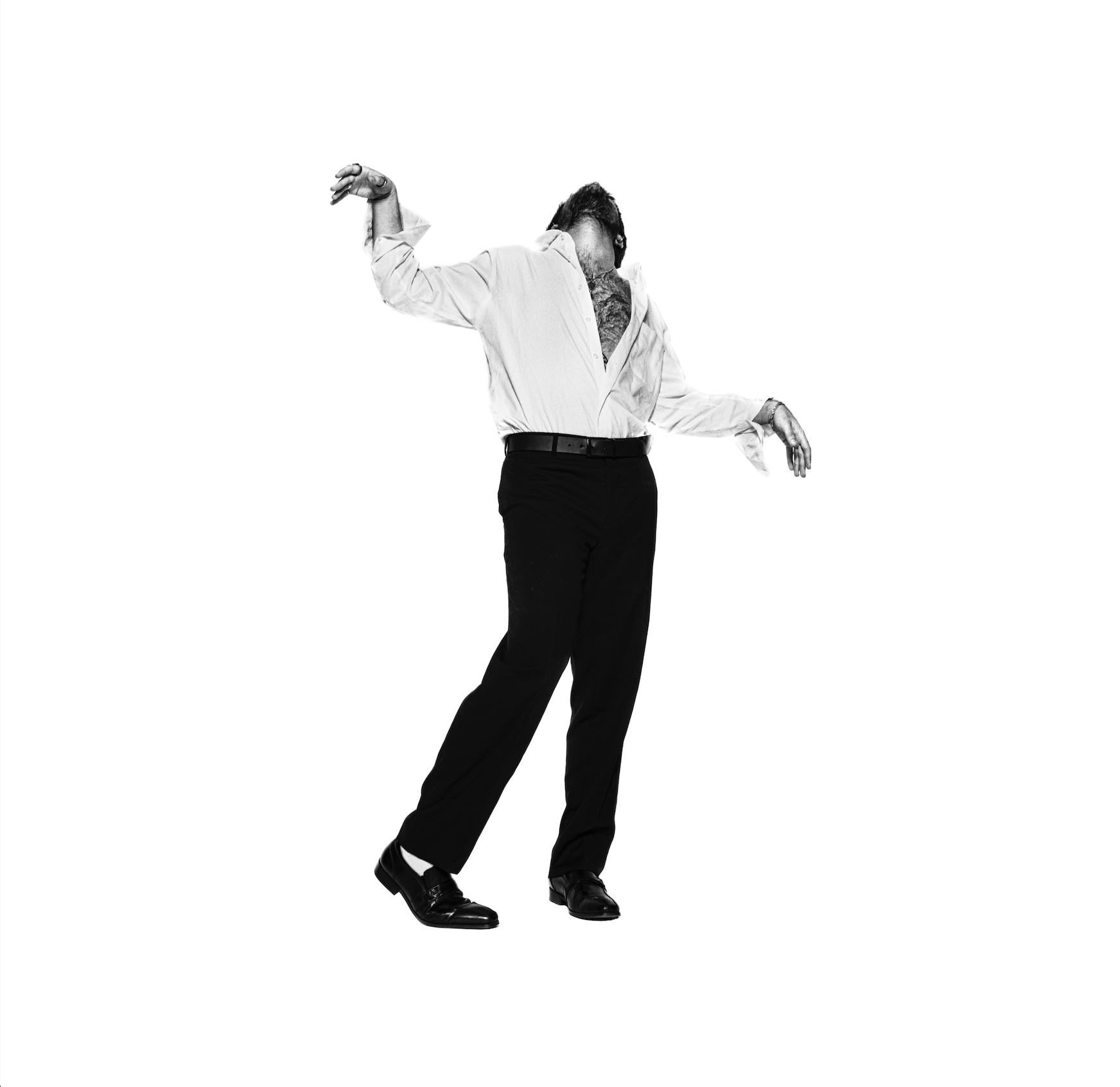

Basement: Who inspires your work?
Filas: The artists that I draw my inspiration from: Richard Avedon, Platon, Irving Penn, Robert Longo, Egon Schiele, all of them work in a similar style to my own or are at least somewhat analogous I feel. The thing about them though is that despite the similarities and comparisons, all of their work has a distinct identity. Whether that be the postures in Schiele’s work or the positioning of the camera in Platon’s, all of them have something that sets them apart, and that’s what I strive to do with my own work.
Basement: What do you look for when you’re on a shoot? What catches your eye?
Filas: I feel what I look for in a photo changes depending on how I am shooting. For the more-for lack of a better term-traditionally styled portrait I would say I’m looking to create a connection both between me and the subject, and between the subject and the viewer. I tend to be a bit more lack when taking them and allow the subject to participate in the idea process. However, for my square work, such as the full-body portraits, I stage everything and maintain control of as many aspects as possible from how the subject is posed or dressed to the overall theme of the individual image.
Basement: How would you describe yourself as a creative?
Filas: I feel that who I am as a person is similar to who I am as a creative: introverted, introspective, a perfectionist, and more often than not, stubborn as can be. Beyond that though, I see my creative passion as one that drives me to better understand those around me, and to better understand myself.
Basement: How did you get into photography and develop your unique style?
Filas: I’ve worked with cameras in some capacity pretty much my whole life. Whether that was with simple point and shoots, dedicated video cameras, or even my phone. I only got into doing photography as art during my junior year of high school. I had signed up for the Photo 1 class because I knew they went on a field trip downtown, and saw it as a way to get out of my normal classes. Thankfully I ended up loving the class and it’s been one if not my main creative outlet for the past five years now. As for my style, while I wouldn’t personally call original, I clung to it out of what I felt was a need to (be) simple. The use of black and white reduces an image down to the fundamentals: highlights, shadows, and the mid-tones between. The use of the white background helps to remove any possible distractions from the image.
Basement: What narratives do you hope come across in your work?
Filas: I don’t necessarily think my work is focused on narrative. Some definitely have a narrative, and for those, I look to find a way to tell that person’s story in a way that is personal to them. But on the whole, even those that seek to tell a person's story, are made through a more exploratory view. Whether that be an exploration of technique, form, or my own feelings and experiences. I feel that framework best suits my desire to understand the world around me.
Basement: Why is Chicago a special place to be an artist?
Filas: I feel like Chicago acts like a crossroads for the country. You see elements of culture from all over the U.S present both in the city itself, and in the area surrounding it. That effect extends to the creative community and can be seen in the musicians, visual artists, writers, and comedians that have come out of Chicago.
Basement: What’s next for you?
Filas: Honestly, I have no clue what’s next. All I can hope for is that I’m able to continue to make work that excites me, and to be able to make it on my own terms.


